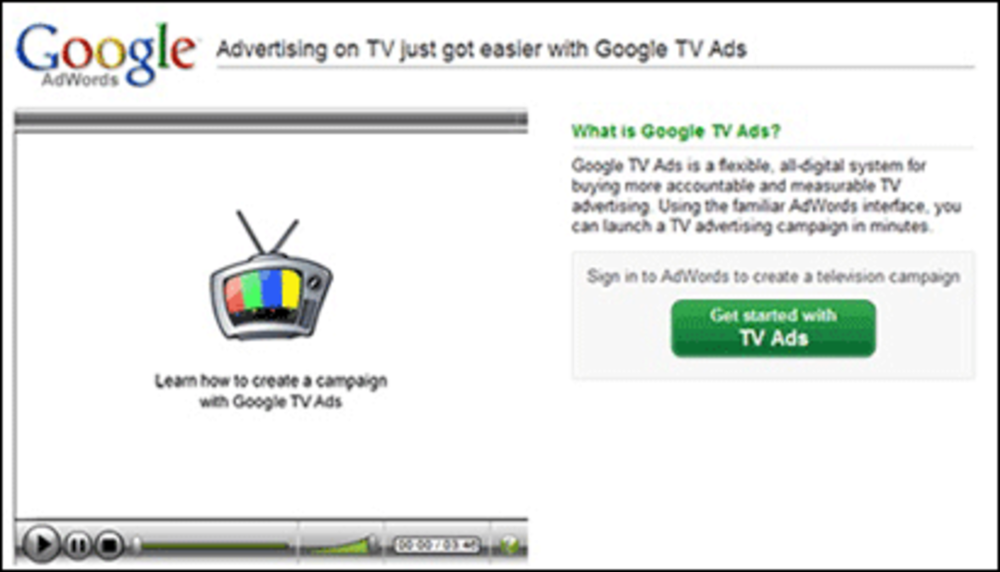On June 13, 2009, television stations will begin broadcasting digital over-the-air signals, which will change the way that consumers receive television broadcasting from analog to digital.
While most experts do not expect this transition to be groundbreaking from an advertising perspective, it does “close the loop” by making all television digital. And, digital television is a growing area for more interactive and targeted advertising.
“It does a signal a new era of an opportunity for advertisers, since now all TV will be digital, and digital is a much more advanced platform for doing all kinds of interesting advertising,” says Tim Hanlon, VP of VivaKi Ventures, a digital media company owned by Publicis Groupe. “Digital TV allows for addressable advertising. The digital platform allows for the ability to parse audiences in a much more granular fashion, and that should be a boon for sophisticated marketers to target better and to waste audiences’ time less. All of this enables marketing to become much more data driven.”
This granular advertising lets advertisers go beyond city-level targeting to ads targeted at the ZIP code level — and even at the household level — all based on behavioral data and lifestyle.
Bill Abbott, president/CEO of Crown Media Holdings, which owns the Hallmark Channel, believes that the transition to digital marks another step in the already evolving landscape of television advertising. “We are all about our brand and all about our experience, so anything that enhances the viewer experience, we are into,” he says.
“I don’t think it means all that much now — we will have to see what the networks do down the road,” he continues. “Advertisers are adjusting to the ever-changing landscape of digital TV and are more focused on ROI than they have been before. There is also a major movement to make commercials more entertaining, and digital is a big part of that.”
Some of the biggest advancements in digital TV advertising have come from Google TV and Canoe Ventures, which is an effort by all six major US cable companies to deliver targeted TV ads through set-top boxes. Both initiatives allow advertisers to deliver more targeted ads based on consumer behavior.
“The Google TV Ads platform is ‘digital ready’ and we look forward to working with TV publishers and advertisers as they take advantage of this upcoming transition,” writes a Google spokesperson in an e-mail to DMNews.
The ongoing evolution of digital TV is already impacting the way that advertising creative is executed. The steady increase in digital TV consumption has pushed advertisers to start creating more engaging content, even before the full transition to digital is complete.
“Digital TV gives agencies the opportunity to build a more direct narrative with consumers,” explains Jim Houck, director of entertainment and executive producer at Sapient Entertainment, a new division of Sapient Interactive that produces ads built around narratives. “It will enable people to have a lot more interaction with the content, and hopefully this will encourage brands to create very good stories that are more interactive. The more you can determine the way that the story goes, the more involved you become and the more likely you are to persuade yourself to buy the product.”
The digital TV evolution is also changing the media buying approach. “There is so much changing now in the way that buying gets done,” says Abbott. “We are now seeing media bought in video activation units, which allows TV media buyers to have purview over digital and all of the different elements that are going into it.”
“This convergence of mediums is merging the brand message and the direct message,” adds Hanlon. “Right now, these two are distinguished in the advertising world and are pursued differently with different budgets, different agencies and so on. But this will come together because, ultimately, they will become one and the same.”








